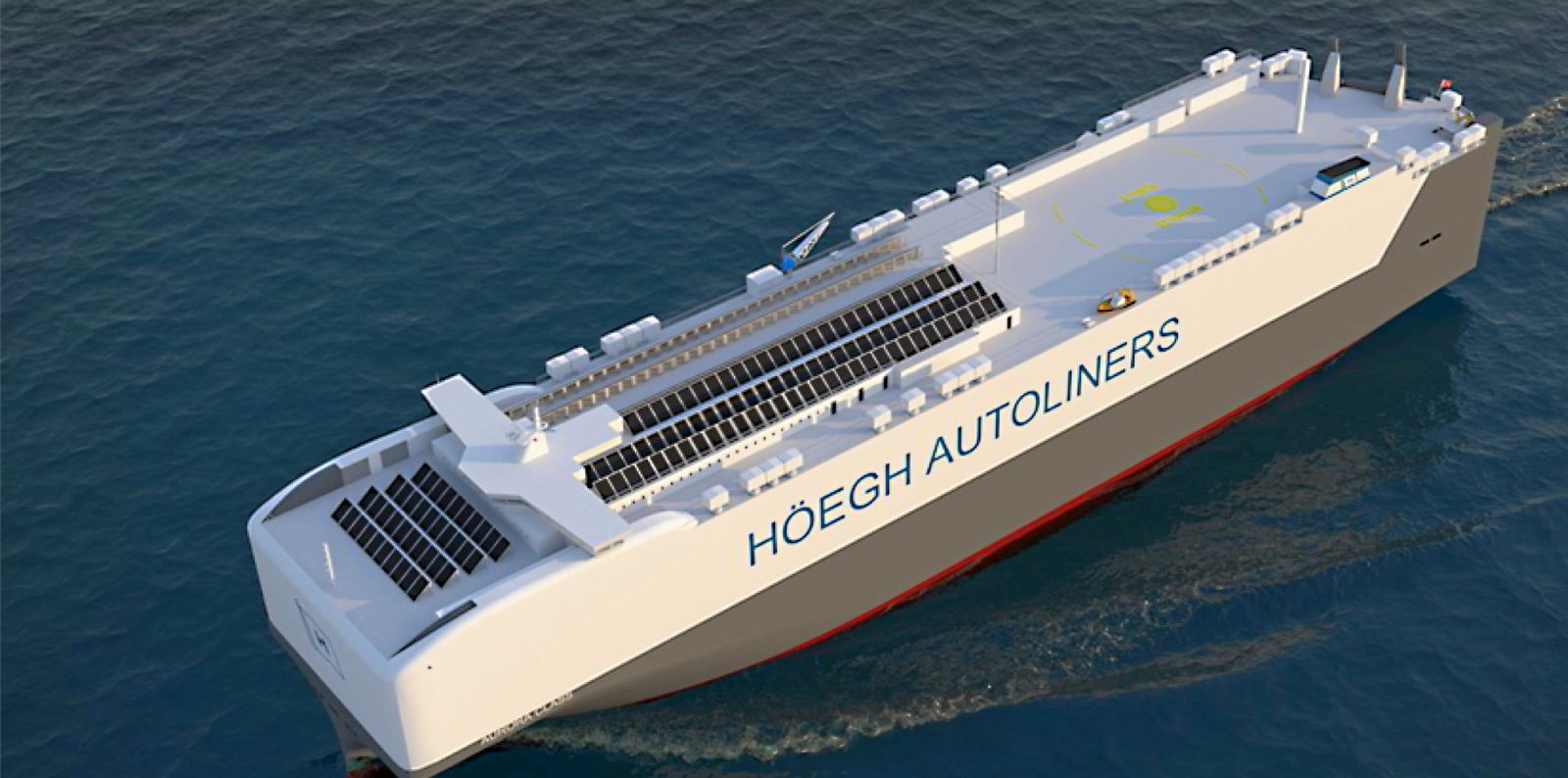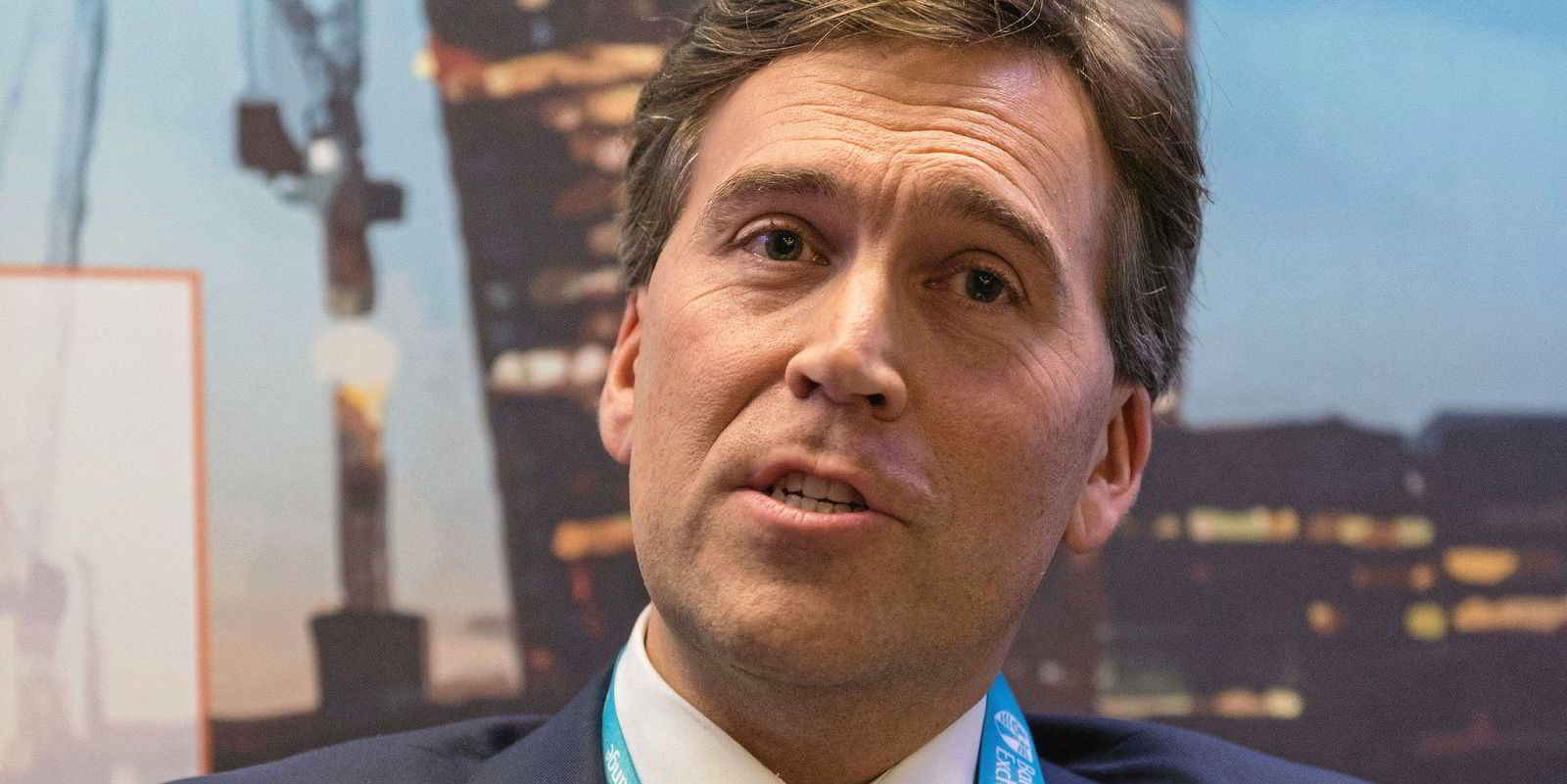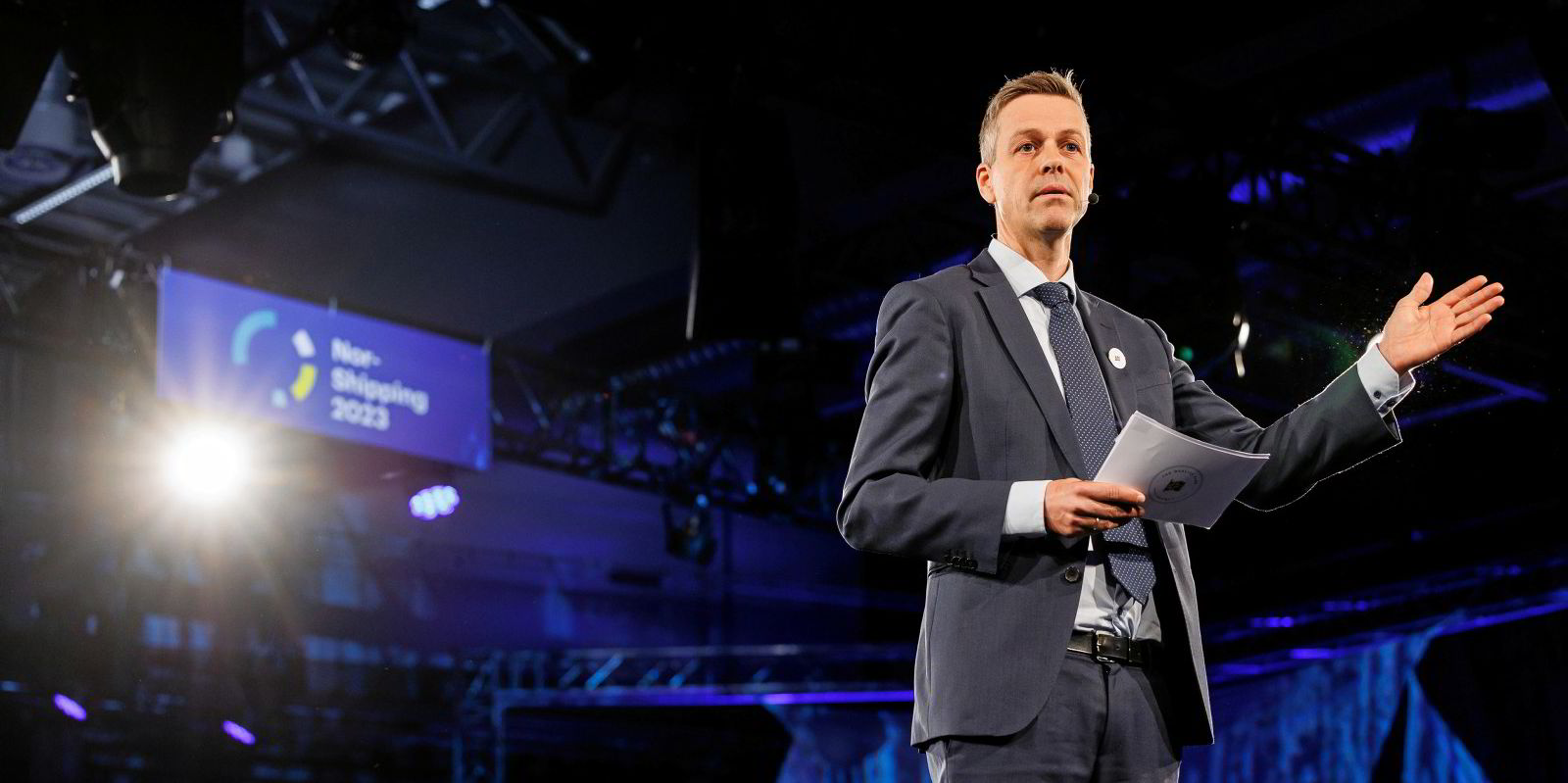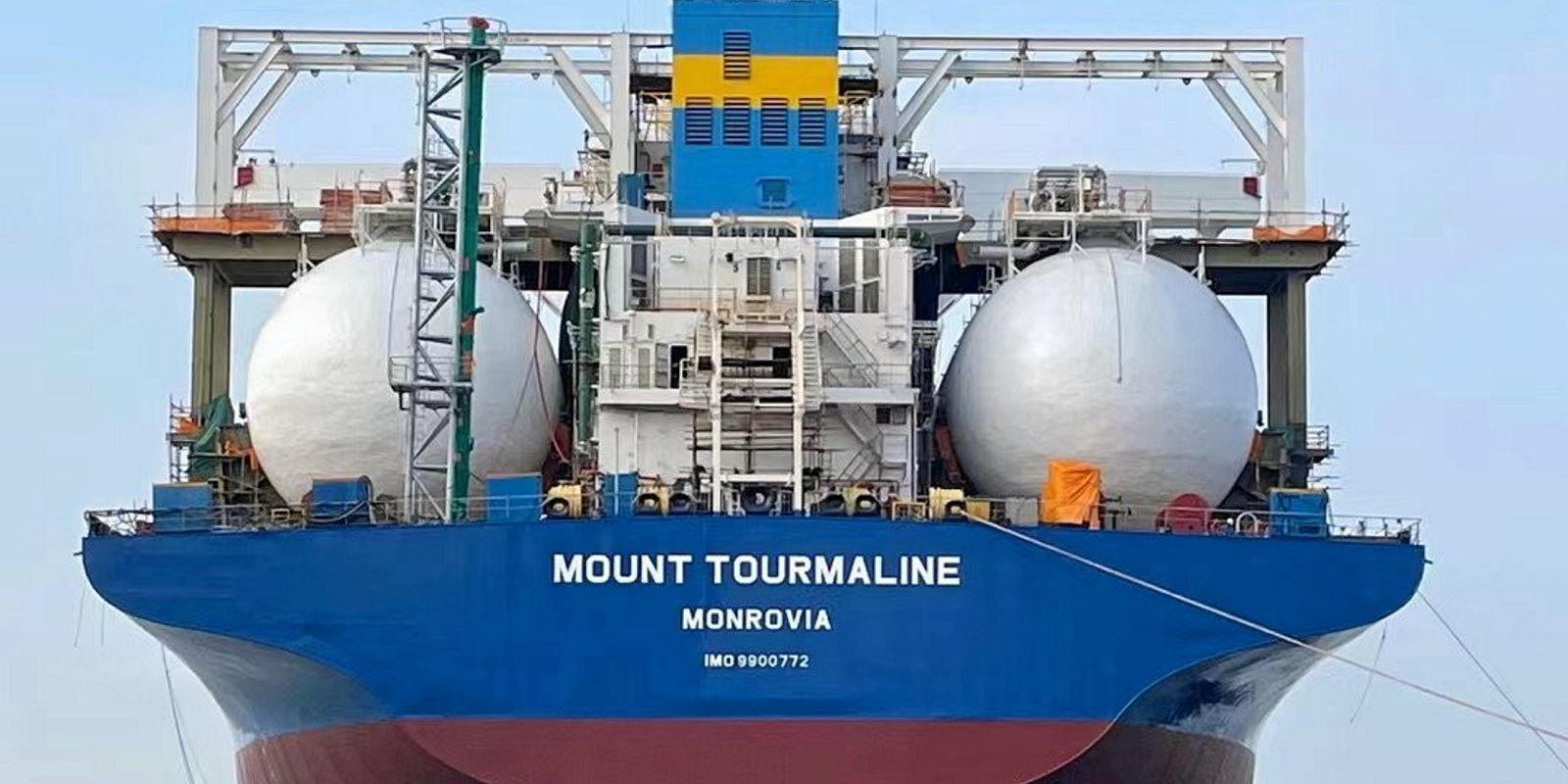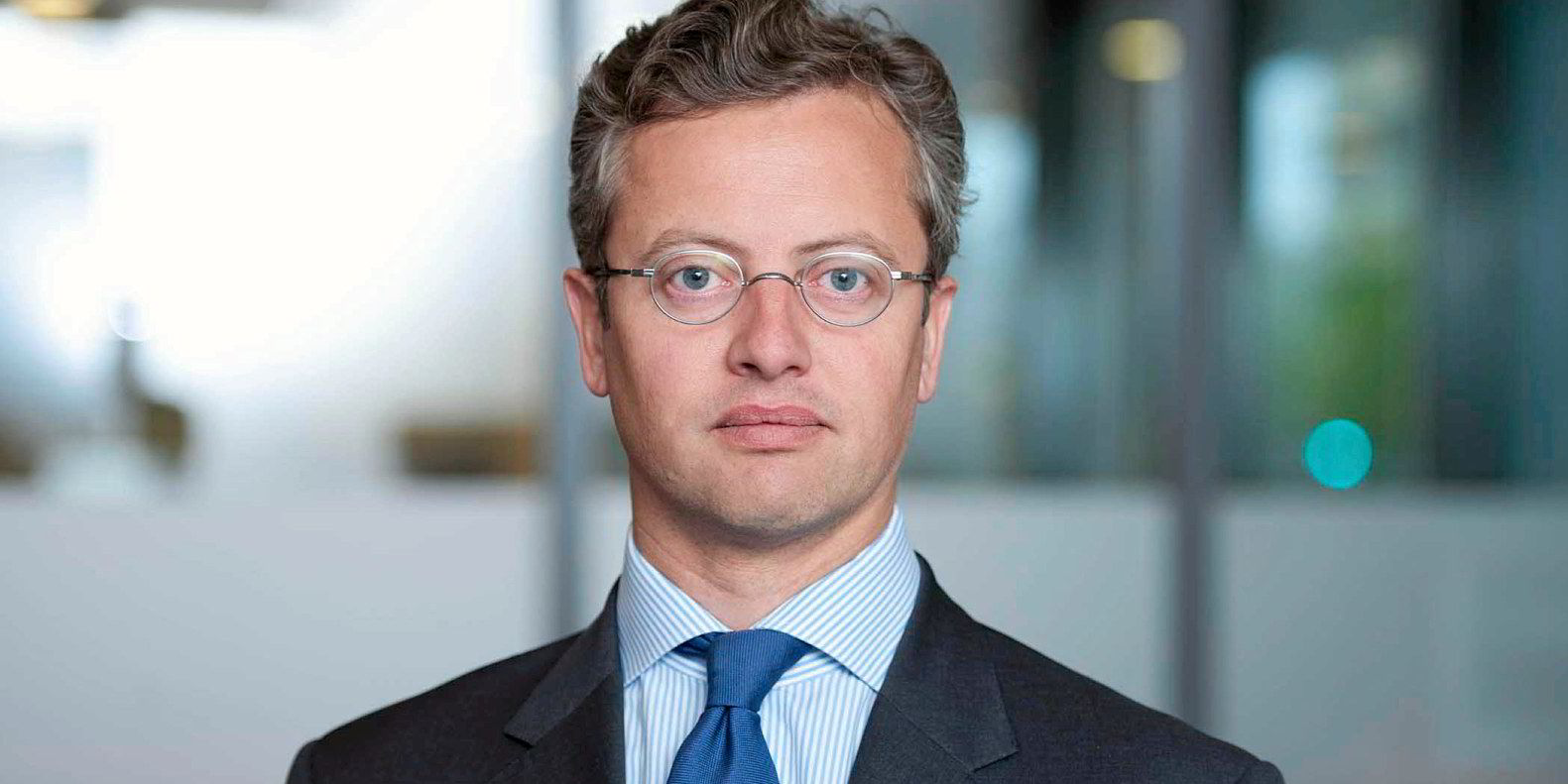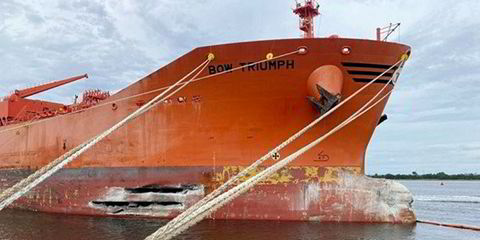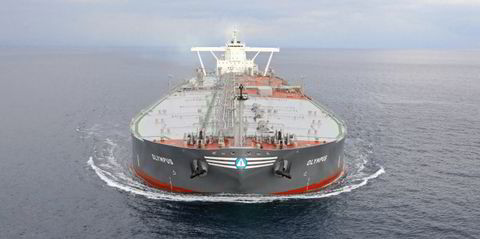Hoegh Autoliners has received a NOK 146m ($14m) injection of funds to help pay for its ammonia-fuelled newbuildings.
The cash, from Norwegian state-backed investor Enova, will bring down the cost of ammonia engines and tanks for two of 12 newbuildings under construction at China Merchants Heavy Industry Jiangsu.
“It validates the concept. It’s a sign of confidence in our project,” Hoegh Autoliners chief strategy and analytics officer Lise Duetoft told TradeWinds.
“Secondly, it does help facilitate an investment that may not step up on a standard investment DCF calculation.”
Duetoft said the money would go “a good deal” of the way to covering the entire cost of ammonia-fuelling equipment and that the cost is still something of a moving target.
“We are very happy to support Hoegh [Autoliners],” said Rune Holmen, maritime transportation leader at Enova, which invests money from Norway’s Climate and Energy Fund and is owned by the country’s Ministry of Climate and Environment.
He noted that there is risk in investing in ammonia fuel, but that he believes Hoegh Autoliners is the right partner for this project, which he hopes can increase the knowledge base on ammonia and decrease costs.
Enova has been active in funding ammonia fuelling projects in the shipping space.
Last year, the fund said it had, to that point, supported 20 hydrogen and ammonia vessels.
Included is NOK 152m for two ammonia-powered shortsea bulkers under construction for Viridis Bulk Carriers, while Yara Clean Ammonia and North Sea Container Line bagged NOK 40m for an ammonia-powered boxship.
Enova also provided Azane Fuel Solutions NOK 48m for an ammonia bunkering barge.
Hoegh Autoliners expects the first four of its newbuildings, part of its proprietary Aurora class, to run on LNG and conventional fuel and the last four to be ammonia-capable from the start.
All 12 will be ammonia-ready from delivery, with the first set to hit the water in August.
Hoegh Autoliners said it believes a gradual ramp up of the green ammonia industry will begin in 2027.
Duetoft said the current issue with the fuel is not supply — creating green ammonia requires renewable feedstocks — but making ensuring it can work economically.
“I always think that supply follows demand,” she said.
“What’s really required to accelerate uptake is support from demand. We think a combination of carrot and stick, carrot in the form of contract of difference and stick in the form of carbon pricing, is required to make green transportation and ammonia propulsion commercially viable on a large scale.
“It’s not the logistical or the technical issues around supply. It’s making it a commercially viable solution to our customers.”
